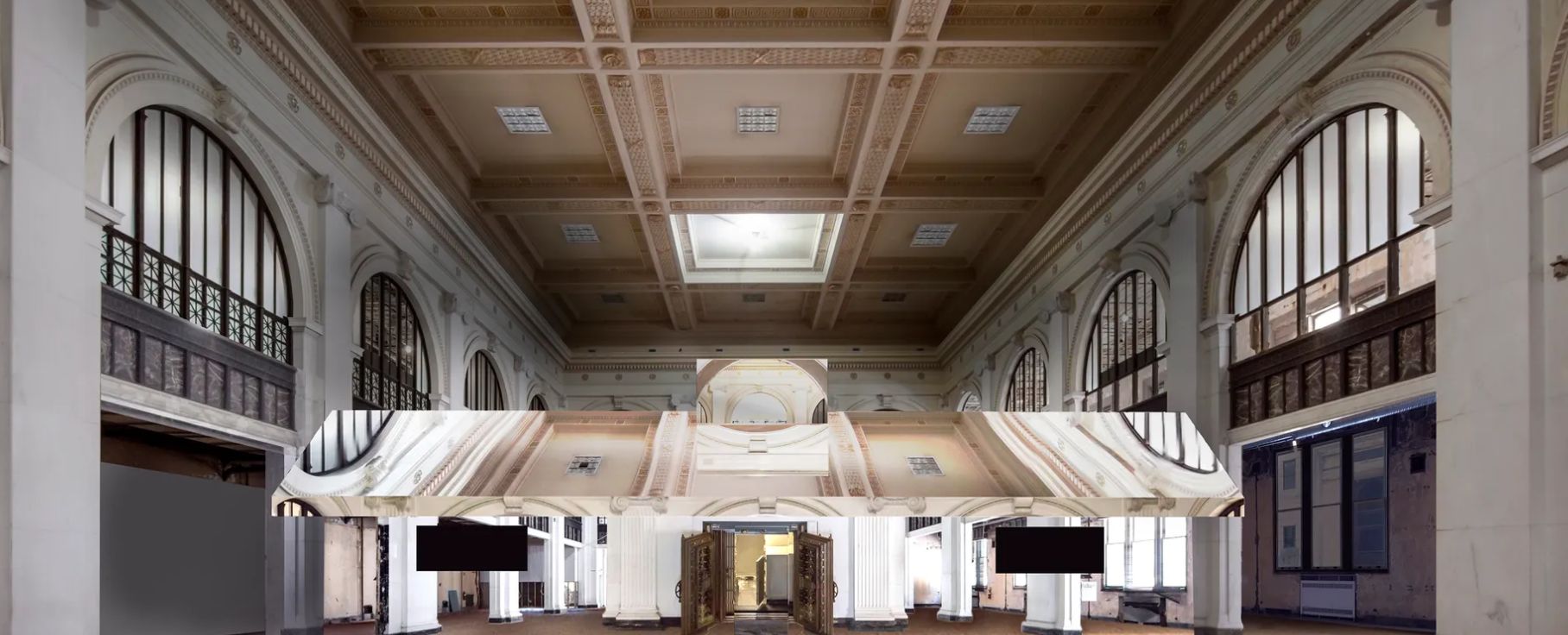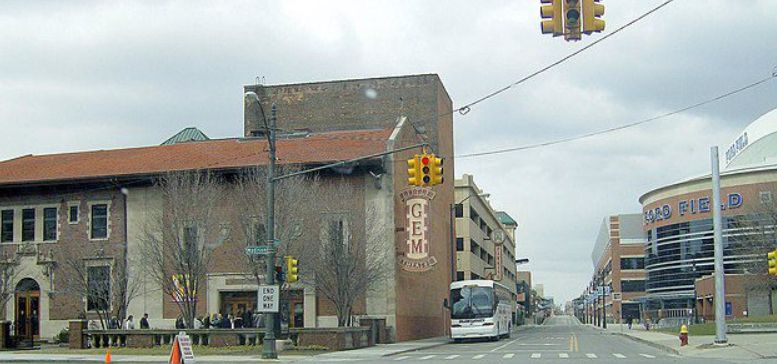Detroit’s architectural landscape is dotted with historic buildings that narrowly escaped demolition, thanks to the concerted efforts of preservationists, community activists, and visionary developers. Here are some notable examples:
Michigan Central Station
Once a symbol of Detroit’s decline, the 1913 Beaux Arts Michigan Central Station stood abandoned for decades. In 2018, Ford Motor Company purchased the station for $90 million and invested $900 million in its restoration. Reopened in June 2024, the station now serves as a hub for mobility innovation, housing startups and tech incubators, and stands as a beacon of the city’s revitalization. (Financial Times, Le Monde.fr)
Gem Theatre and Century Theatre
Built in 1927 and 1903 respectively, these theaters faced demolition in 1997 due to the construction of Comerica Park. Developer Charles Forbes orchestrated their relocation, moving the 2,750-ton structures five blocks to a new site—a feat that set a Guinness World Record. Today, they continue to operate as vibrant event venues in downtown Detroit. (Wikipedia)
Wurlitzer Building
The 14-story Wurlitzer Building, opened in 1926, fell into disrepair and was slated for demolition. In 2015, ASH NYC acquired the building and transformed it into The Siren Hotel, which opened in 2018. This adaptive reuse project preserved the building’s Renaissance Revival architecture and contributed to Detroit’s boutique hotel boom. (Visit Detroit)
Marquette Building
Constructed in 1905, the Marquette Building was saved from demolition in 1979 by 400 Monroe Associates. After a careful historic preservation effort completed in 1982, the building has housed various tenants and remains a notable example of Chicago School architecture in Detroit’s Financial District. (Wikipedia)
State Savings Bank
This Beaux Arts building, completed in 1900, was rescued from demolition in 2013. In 2018, artist Doug Aitken installed “Mirage Detroit,” a mirrored house sculpture, within the bank’s grand hall, reactivating the space and highlighting its architectural splendor. (Architectural Digest)

West Canfield Historic District
Located in the Cass Corridor, the West Canfield Historic District comprises 15 Victorian-era homes that were once threatened by urban decay. Community efforts have preserved these structures, maintaining the neighborhood’s historic charm. (Reddit)
These stories underscore the importance of preservation and adaptive reuse in maintaining Detroit’s rich architectural heritage. Through collaborative efforts, the city continues to honor its past while building a vibrant future.


